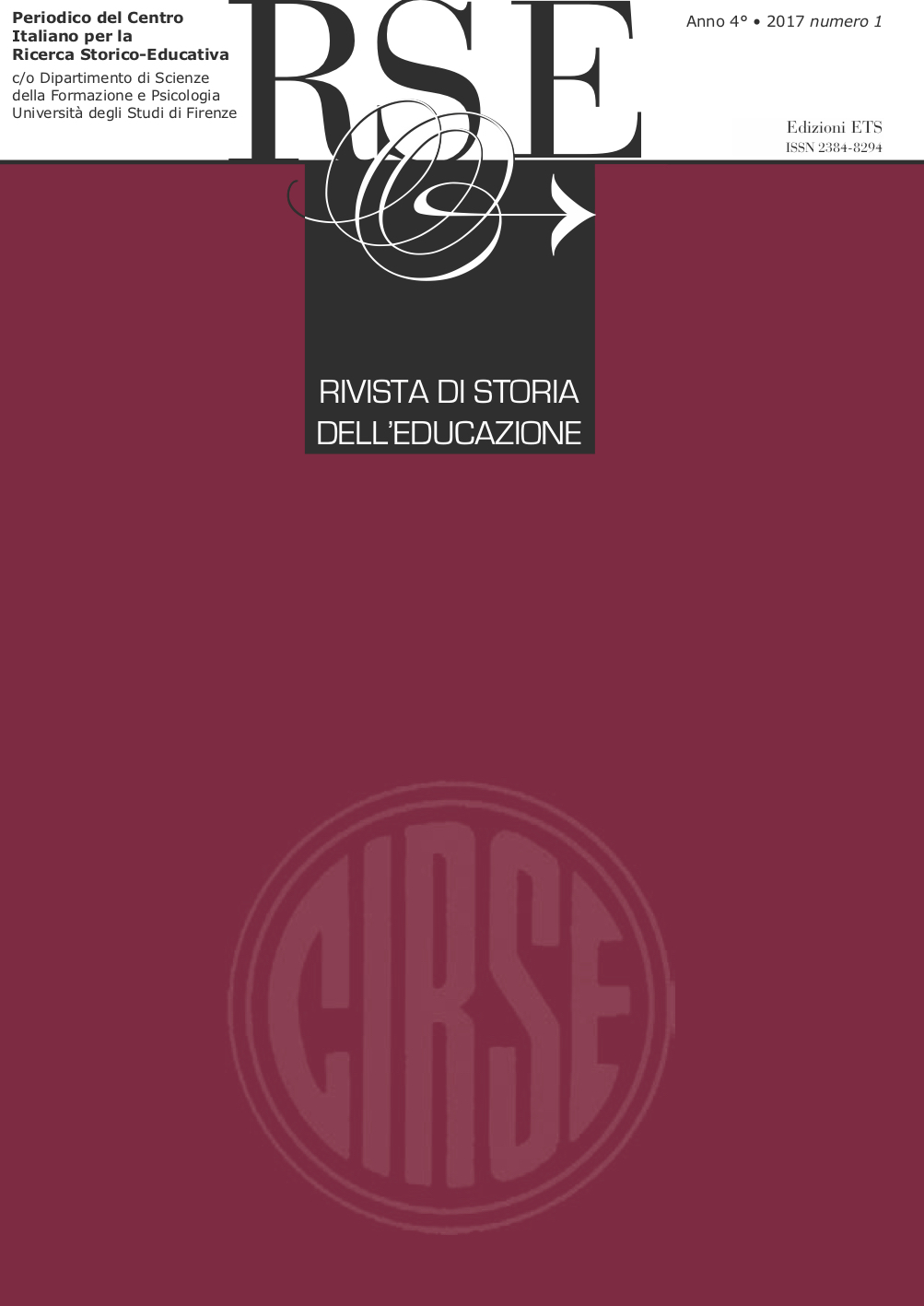How local contexts affect the structuring of secondary schools: building secondary schooling in Saint-Etienne (France, Nineteenth century)
Published 2018-06-09
Keywords
- secondary schooling, public policy, school administration, school structure
How to Cite
Abstract
The French school system is frequently considered as a model of centralization: the State appears as its architect and controller. However, since its implementation during the Nineteenth century, this system requires the participation of local actors, such as school administrators, who can’t completely dismiss local educational issues. Thus, the necessary conciliation between national model and local contexts questions how actors might have an effect on schooling policies. In this regard, this article analyses the role of school administrators in the design of schooling structures, focusing on secondary education between 1830 and 1880. To this purpose, the article specifically considers the collège and afterwards lycée of Saint-Etienne, a secondary school located in a dynamic city but that suffers from the competition of the lycée de Lyon – a more prestigious school – as well as from private schools in the area. To sustain the collège’s position, its administrators must attract a sufficient number of student and, to this aim, they choose to adapt the national curriculum according to what they perceive of local expectations. On the contrary, the city council prefers to ask for the transformation of the collège into a lycée, which would result in a disconnection between local issues and the school itself. By tracing the tension between an adapted curriculum, national programs and secondary education policies, this article aims to contribute to the understanding of the means of action put into practice by local actors in the field of secondary schooling.

